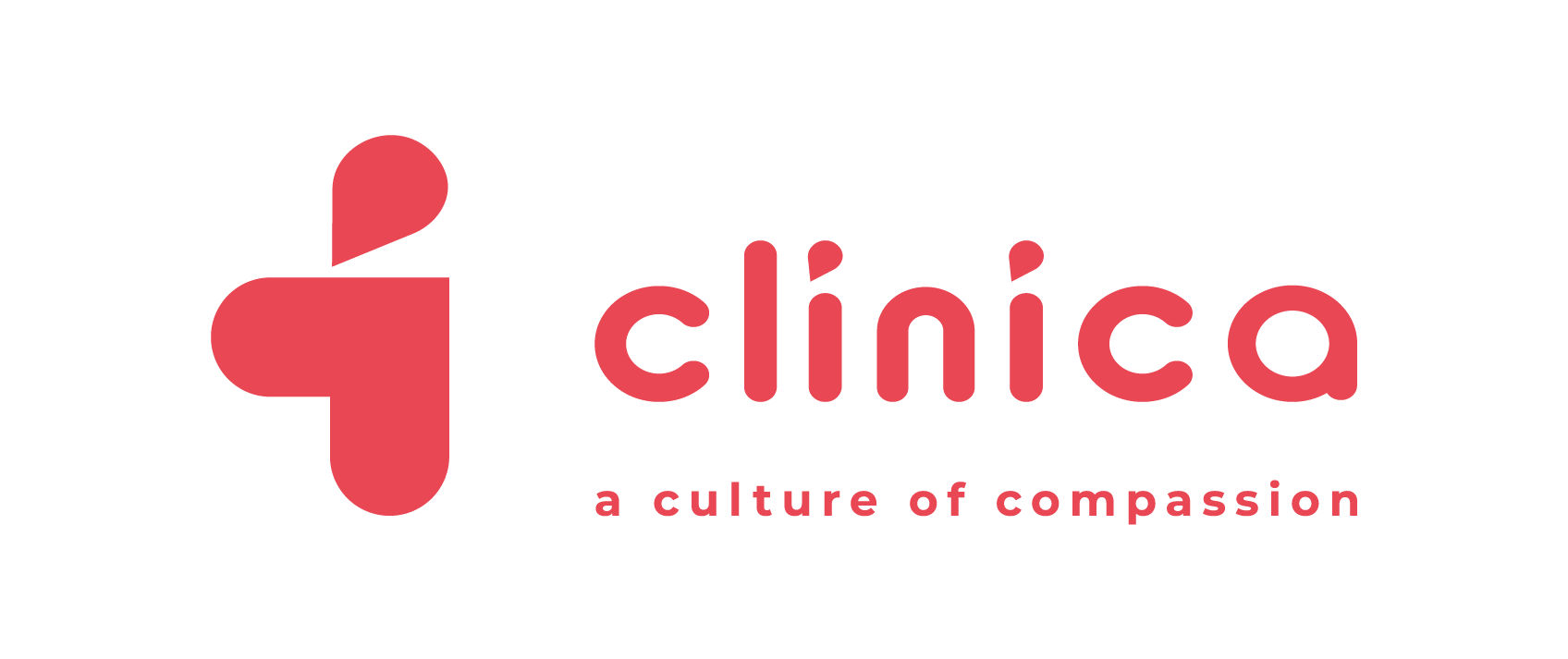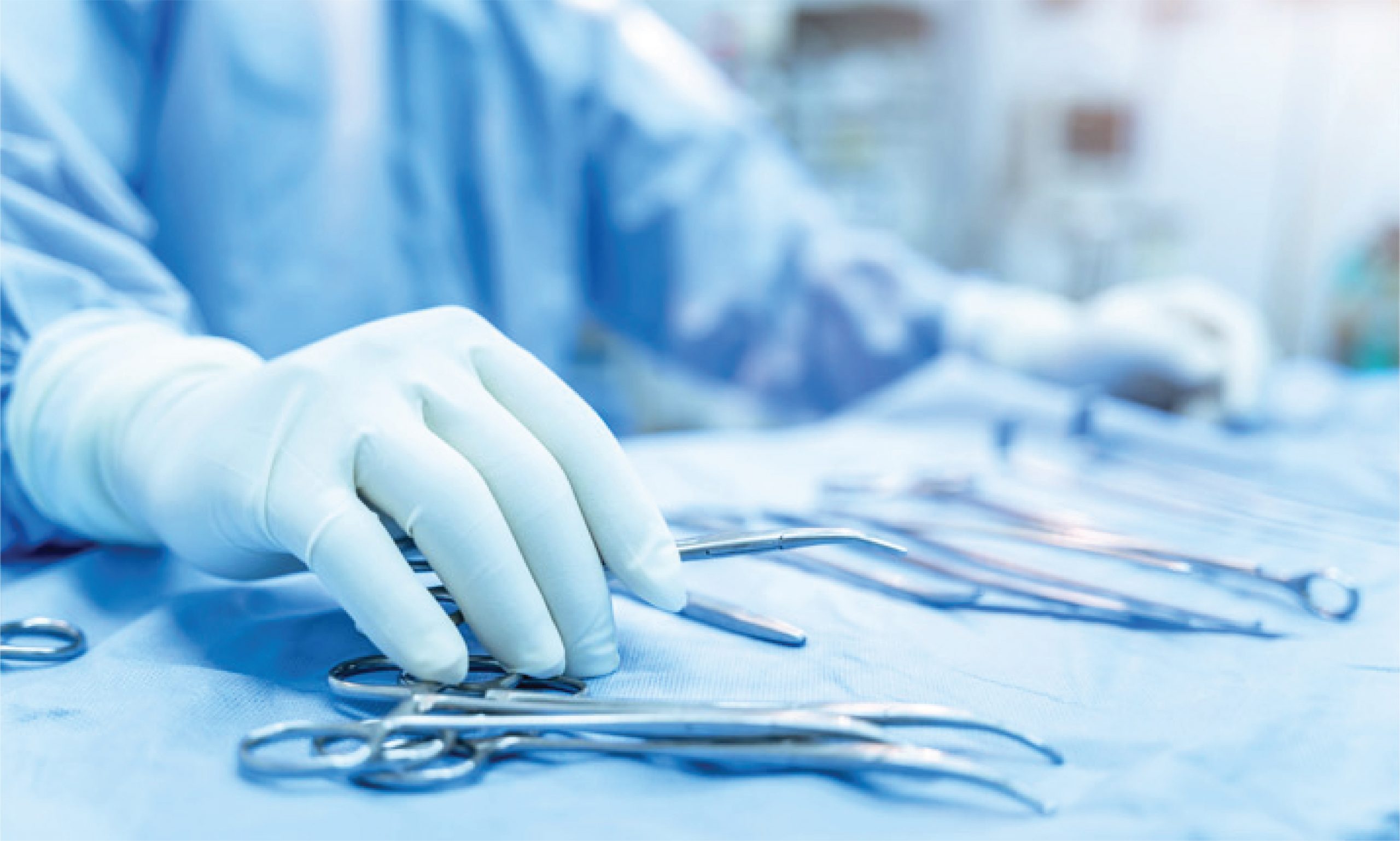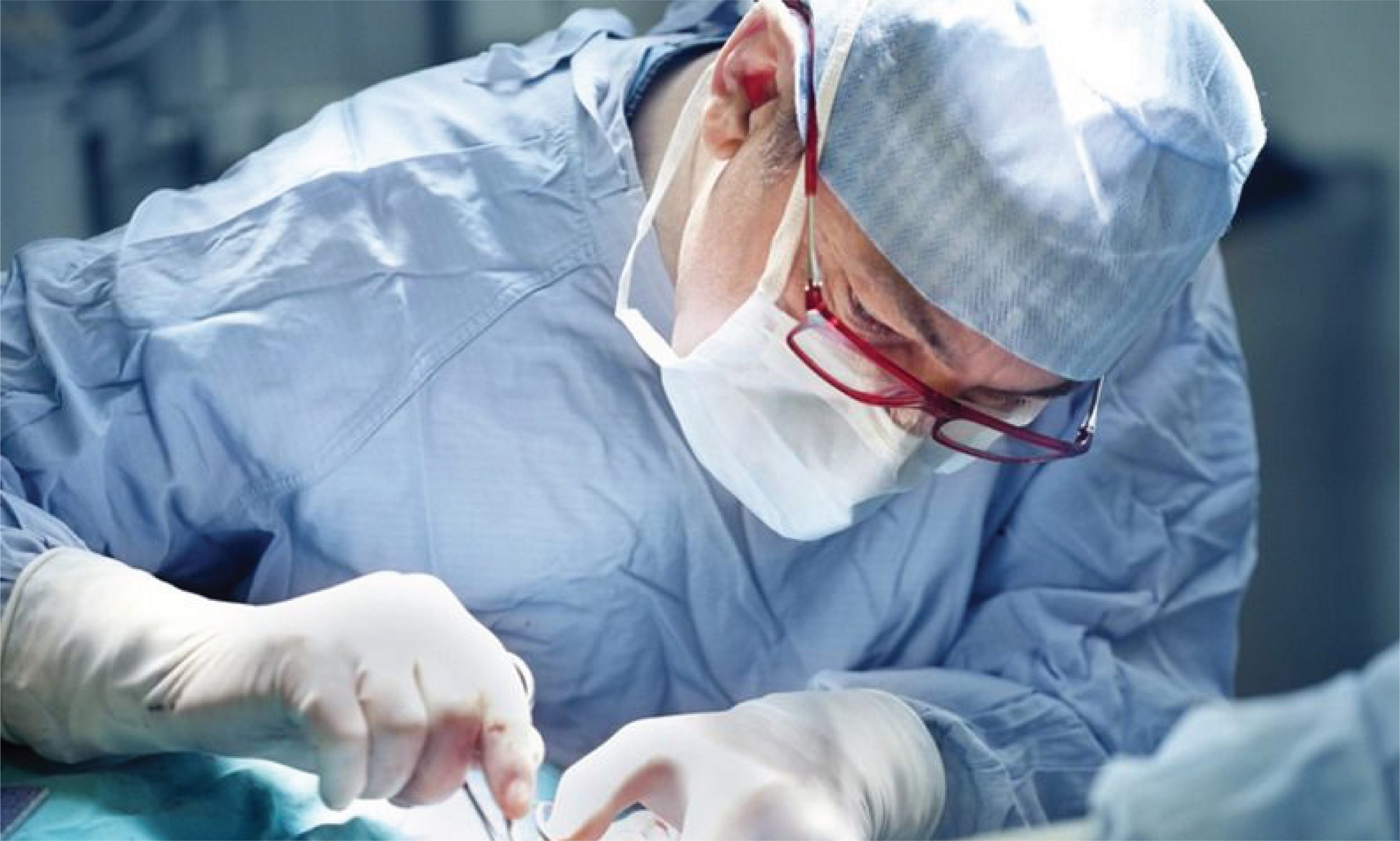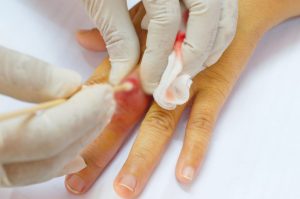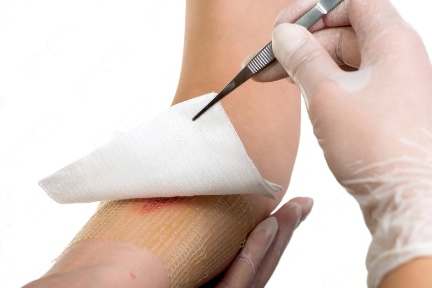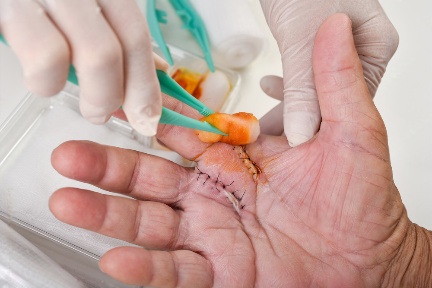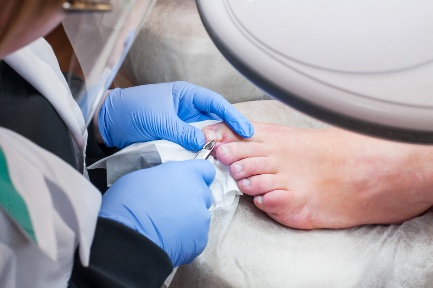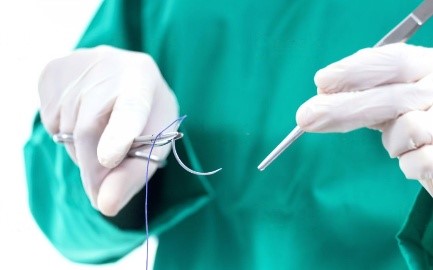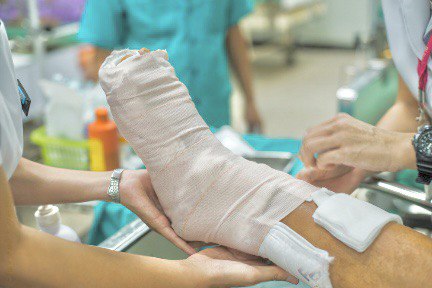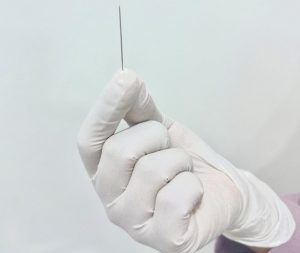
Foreign Body Removal
Small foreign matter can injure your skin during your daily life, however, removal of these foreign bodies may require medical intervention to ensure the prevention of infection, as well as the safe removal of the matter without further damage to surrounding tissue. Foreign body removal can entail imaging to identify the depth, blood tests to rule out infection, and incisions to ensure a safe removal, as well as dressing, tetanus vaccination, and oral antibiotics depending on the case.

